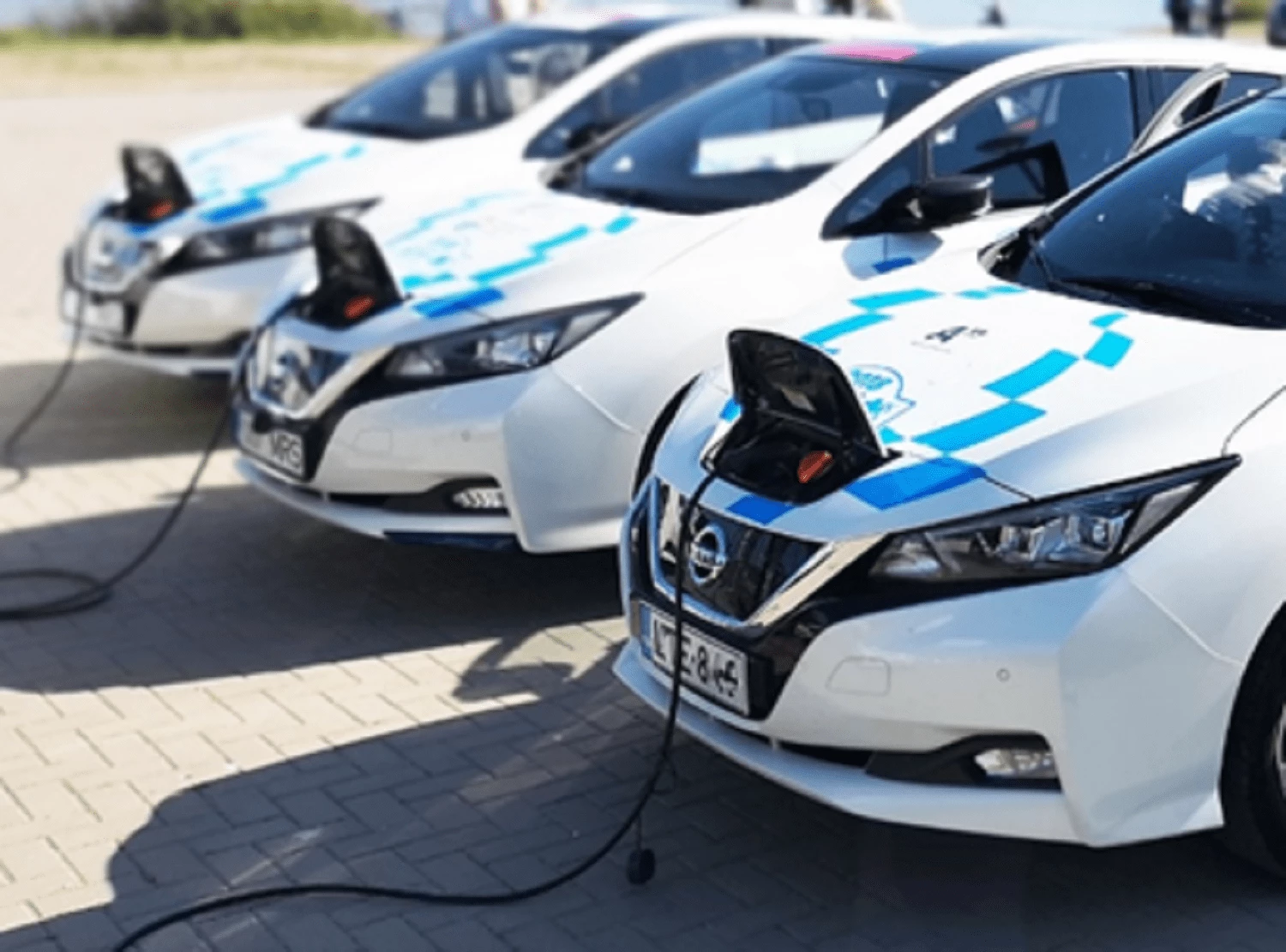The Nickel-Based Battery Will Power Technologies for Decades to Come

Nickel mineral is an important strategic metal, aside from its important use in the manufacturing of stainless steel, low-grade limonite ore can be used in hydrometallurgical plants to produce Ni-Co sulfides which are in turn used in the manufacture of batteries. Nickel sulphate, on the other hand is a specialty chemical product, mostly used in the battery and plating industries. It is also widely consumed in other applications, such as catalysts and ceramics.
It is estimated that the stainless steel sector accounts for nearly 70% of all primary nickel metal and nickel mineral consumption. Despite this growth, the stainless steel sector's share of nickel consumption is set to decline over the coming decade because of the rising importance of the battery sector. While nickel has historically been used in batteries for portable electronics, most of the recent growth and excitement in the battery sector has come from automotive applications.
Nickel metal is a crucial element to Li-ion batteries which powers the electric revolution. It helps deliver higher energy density in batteries and in turn, a longer driving range for Electric Vehicles (EVs) at a relatively low unit cost. Driven by the steady growth from plating and the use of nickel metal hydride (NiMH) batteries in hybrid vehicles; since 2014, the rate of growth has remarkedly increased to over 20% per year, with much of the growth of demand coming from Li-ion batteries used in electric vehicles (EVs), which has now become the primary use of nickel sulphate.
Since its creation, the automotive sector has relied on fossil-fueled internal combustion engines to power vehicles. However, with an increasing awareness of the pollution that such power sources create, increasingly stringent fuel economy and emissions regulations have been implemented. This has encouraged some manufacturers to pair a battery-powered electric motor with a conventional engine, thus creating a hybrid powertrain. Hybrid electric vehicles (HEVs) such as the Toyota Prius have been an important market for the nickel metal hydride (NiMH) battery. Currently, the best technology to store the energy required by electric motors is the lithium-ion battery, and most (although not all) types of such batteries are nickel-based batteries. Therefore, the increasing electrification of the automotive industry will represent a new demand stream for nickel and a potentially-large market for a nickel producer such as Hallmark Mining.
Looking further ahead, however, powering a vehicle purely through a battery-fed electric motor is becoming an increasingly viable option. Indeed, manufacturers are already investing in such technology and several purely battery electric vehicles (BEVs) are already available today. It is becoming increasingly clear that we are currently at a turning point: it is expected that sales of purely fossil-fueled cars will start declining, even as sales of all types of vehicles continue to rise. By 2027, Roskill Information Services, a leader in metal and mineral research, forecasts that EV sales (including BEVs, plug-in hybrid EVs, fuel cell EVs and low speed EVs) will account for nearly 30% of total vehicle sales. HEVs (like the Toyota Prius) and 48V mild hybrids and 12V micro hybrids are expected to account for further sales. Combining these sales projections with those for PHEVs, FCEVs, LSEVs and fully-electric vehicles, Roskill expects that close to 70% of new passenger sales will have some degree of electrification by 2027.
Roskill further reports that despite headwinds from COVID-19, the global EV industry has surprisingly showed a double-digit y-o-y growth in 2020, largely underpinned by strong rebound in China and Europe. In the years ahead, supportive policy environment will further drive the EV growth globally as transportation is a key area for countries worldwide to fulfil emission targets. Not only driven by the EV uptake, but also by the trend towards nickel-rich battery formulations, Roskill expects nickel sulphate to become the key growth area for nickel in the coming years as the rapidly growing nickel-based battery sector would develop into the second-largest application for nickel after stainless steel by 2030.
Minerals for Batteries
The Pujada Peninsula in Southeastern Mindanao is occupied by west dipping ophiolite sequences of peridotite, gabbro, diabase, and basalt. Thin discontinuous belts of marble and schist overlain the ophiolite sequence to the west. The marble and underlying basalts of the ophiolite sequence are overlain structurally by a west dipping peridotite slab with a metamorphic sole of amphibolites and kyenite schists. Eocene limestone locally lies unconformably on the ophiolite. Miocene- Pliocene clastic and sedimentary rocks overlie the western peridotite along the west coast. The eastern peridotite thrust over greenschist-facies metamorphic rocks which are separated from basaltic wackes to the northeast by a strand of the Philippine Fault.
As part of nickel producer Hallmark Mining’s MPSA, the Pujada nickel metal Ni-Co laterites have formed on the southeastern rim of the Philippine archipelago and are believed to be an extension of the prominent Bicol-Eastern Mindanao Ophiolite Belt.
Sources: rsc.org, nickelinstitute.org, philippinenickel.org, rueters.com, informa.com.au, tradingeconomics.com